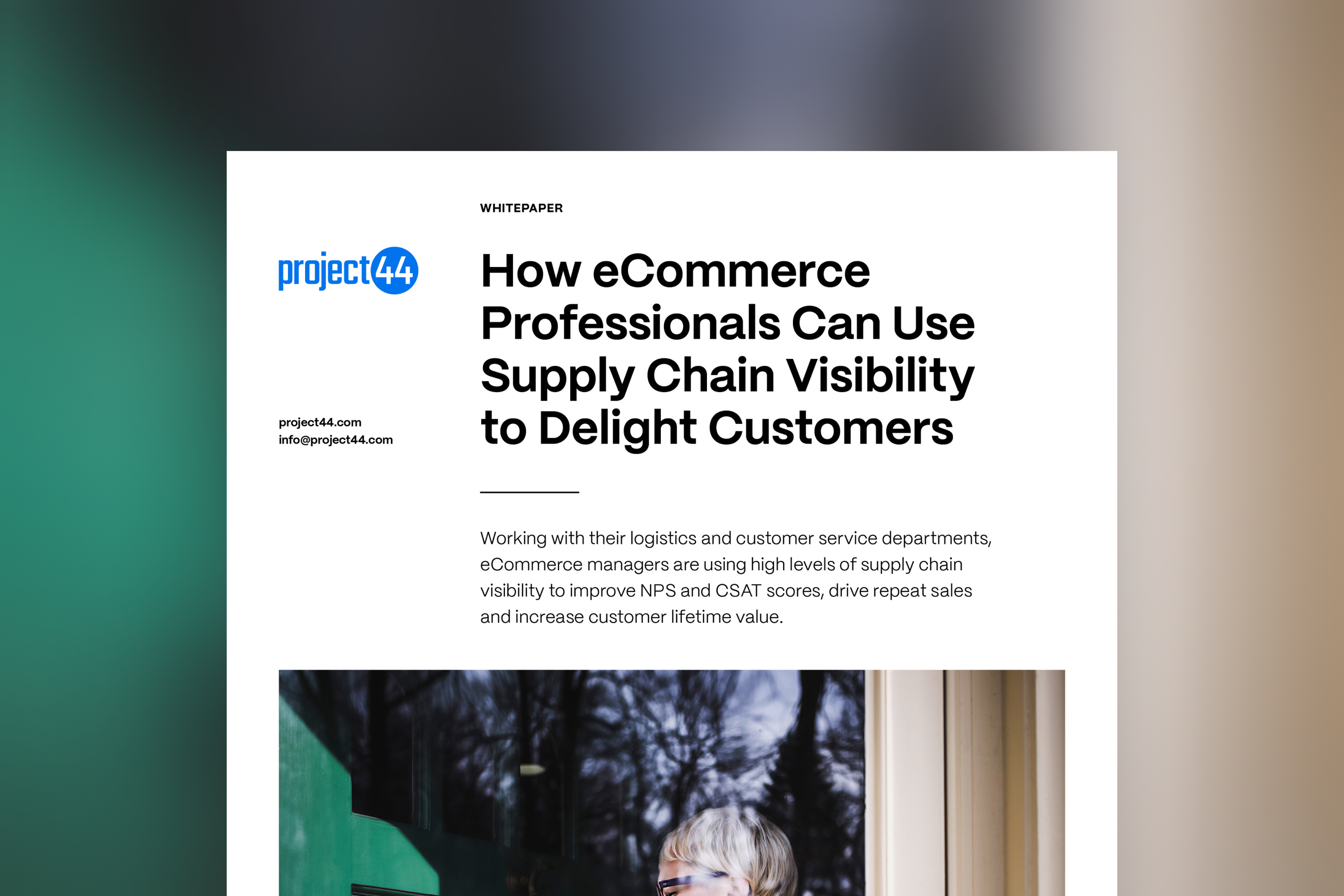In the world of eCommerce, where customer expectations continue to rise, supply chain visibility has become a crucial tool for eCommerce managers. By harnessing the power of real-time data, eCommerce professionals can enhance customer satisfaction, drive repeat sales, and increase customer lifetime value. In this blog post, we will explore how supply chain visibility can be used to delight customers and provide actionable insights for eCommerce managers.
The Growing Role of eCommerce Professionals
eCommerce managers play a vital role in ensuring the success of their organizations’ online sales. They are responsible for managing teams, executing sales strategies, and overseeing day-to-day operations. A key aspect of their role is creating a positive customer delivery experience for every order shipped. By leveraging customer loyalty metrics such as Net Promoter Score (NPS) and Customer Satisfaction Score (CSAT), eCommerce managers can track customer satisfaction, identify areas for improvement, and ultimately enhance overall customer lifetime value.
The Importance of Supply Chain Visibility
As customer expectations for faster delivery times increase, good supply chain visibility becomes crucial for eCommerce managers. With hundreds or thousands of packages being shipped daily, visibility platforms provide real-time data on shipment location, status, and estimated arrival time. This data empowers eCommerce managers to operate more efficiently, improve customer service, and save costs. By filling the gaps between eCommerce and logistics teams, supply chain visibility ensures seamless coordination and enables eCommerce managers to hit customer satisfaction goals consistently.
Delighting Customers and Increasing Customer Lifetime Value
For online-only retailers, the final-mile delivery experience is their opportunity to impress customers, encourage repeat purchases, and boost customer lifetime value (CLV). eCommerce managers rely on their logistics and transportation departments to help them create positive customer experiences. They work closely with carrier networks, manage relationships, and ensure smooth retail supply chain operations. Achieving high CLV is directly tied to logistics and transportation, as timely and accurate order fulfillment plays a critical role. When challenges arise, eCommerce managers collaborate with customer care and logistics operations to resolve issues promptly.
Transitioning from Spreadsheets to Unified Software Platforms
To create a holistic, branded experience across the entire supply chain, eCommerce managers rely on customer feedback about the delivery experience. However, disconnected software platforms, spreadsheets, and emails can hinder effective communication and data sharing. Most retailers use customer relationship management (CRM) platforms like Salesforce or Zendesk for managing inbound orders, while others resort to manual tracking inquiries through carrier websites. These fragmented systems complicate supply chain visibility and limit the eCommerce manager’s reach.
Get the Guide: Take Action Against Poor Supply Chain Visibility
Implementing a unified data set of shipment and order visibility enables retailers to achieve visibility across multiple carrier ecosystems. Even larger retailers with diverse service providers can unify data in one place and make it available to multiple departments. This unified approach is essential in a retail world where end-to-end supply chains involve various transportation and logistics providers. By leveraging technology partners that can normalize data, the right partner can connect the various platform and technological capabilities of each provider in your network.
Also look for a partner that uses machine learning and artificial intelligence to predict exceptions before those exceptions even happen. Using these capabilities, eCommerce managers can get out in front of issues and preempt questions that would otherwise lead to a dissatisfied customer or poor review.
As eCommerce continues to expand, retailers must excel in this space to avoid being left behind, with brands like Amazon constantly improving their delivery experience. Those that prioritize real-time visibility, exception management, and risk mitigation will emerge as winners, while others will quickly fall behind.



